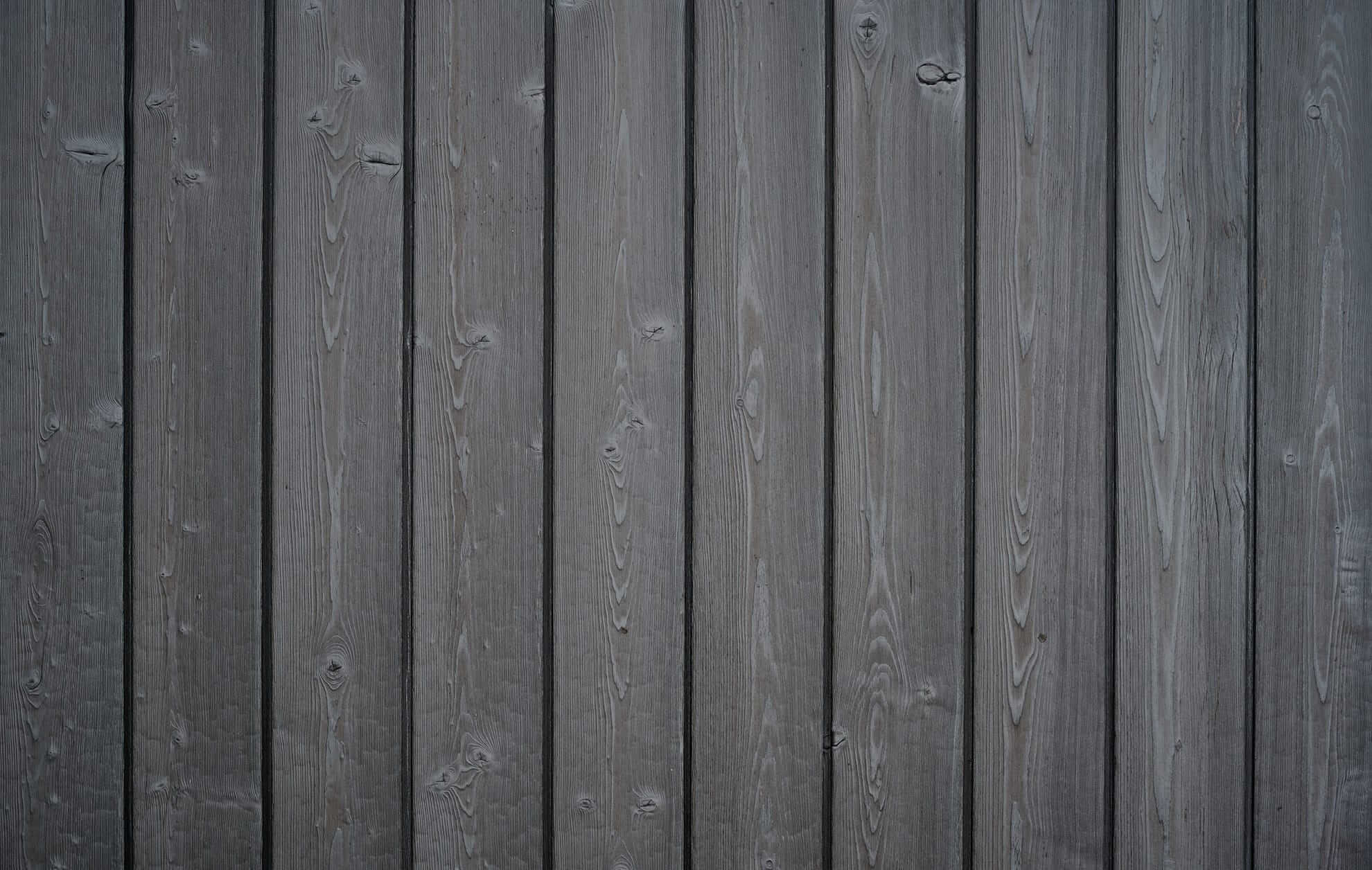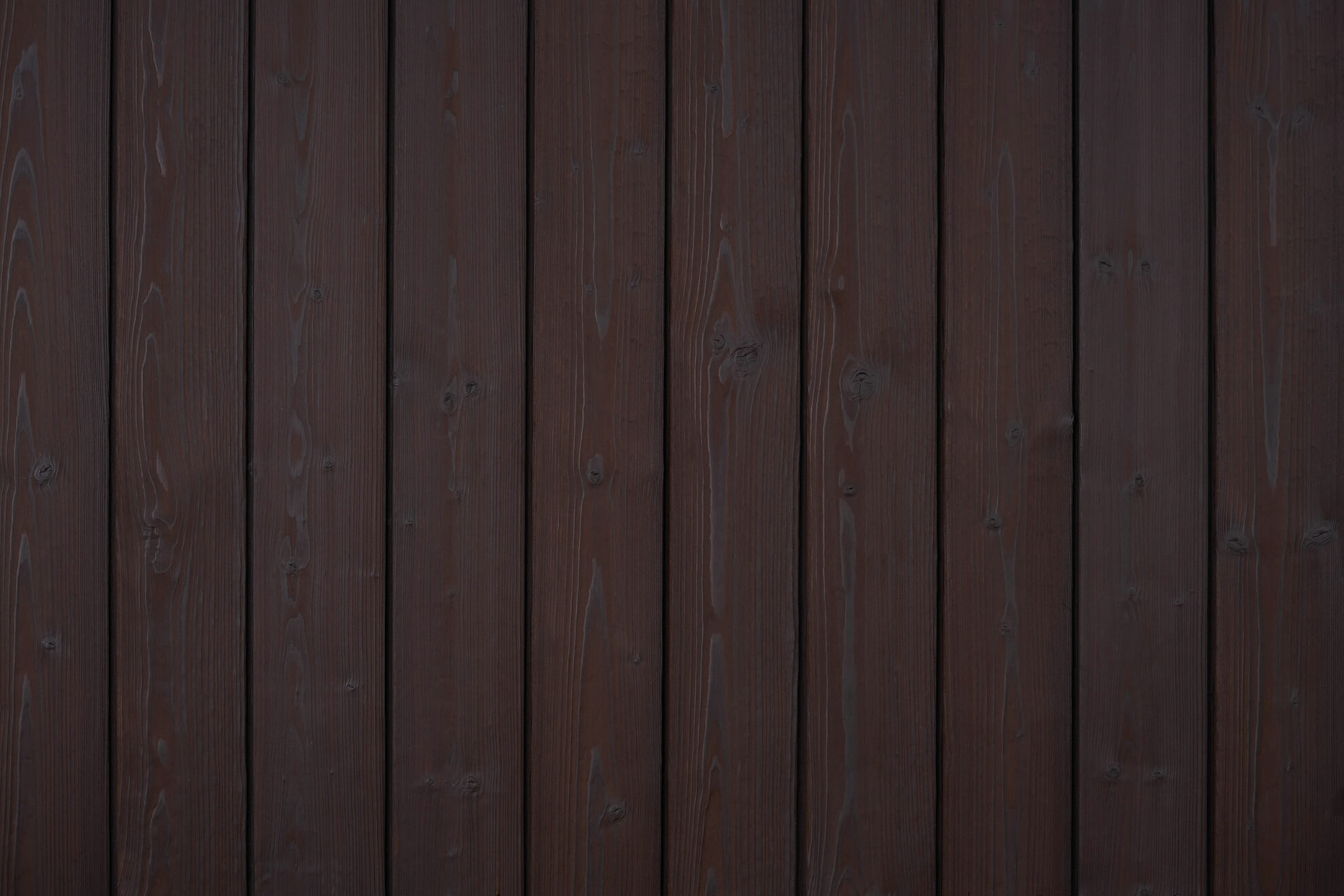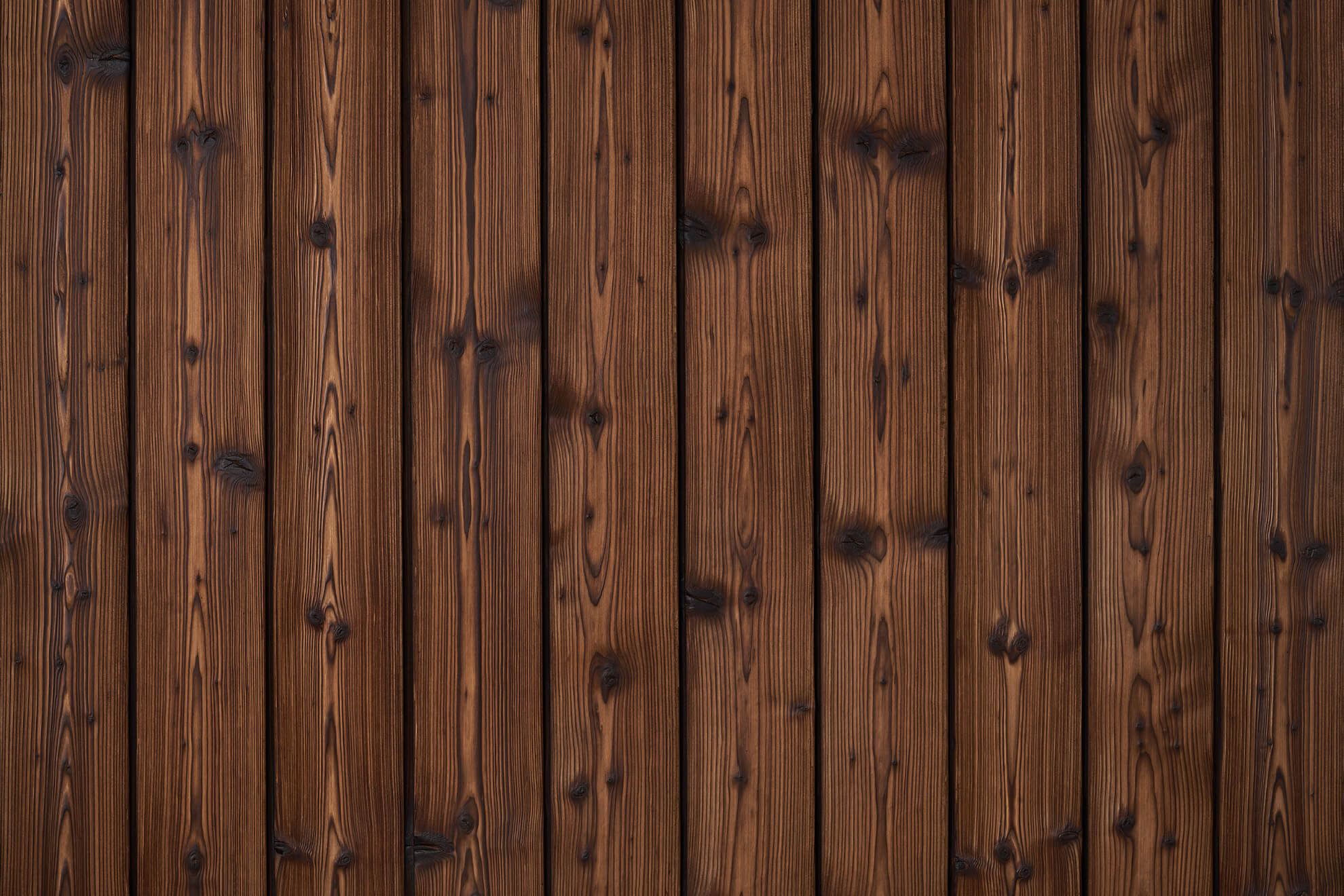Shou Sugi Ban Decking - Charred Wood Boards for Outdoor Use
Your home is your sanctuary. Shou Sugi Ban, the traditional Japanese wood charring technique, has become a natural fit for modern decking. Once used in temple architecture, it’s now prized for its tactile surface, resistance to weather, and organic beauty underfoot.
Degmeda charred wood decking combines natural texture with lasting performance. Whether you’re planning a terrace, boardwalk, or private patio, our finishes offer a balance of aesthetic richness and barefoot comfort – even in demanding climates.
Benefits of Shou Sugi Ban Decking
Charred wood decking stands out not only for its visual depth, but for its functional advantages:
Dark Decking with Charred Wood Finishes
Dark decking creates a bold, elegant contrast against light facades and natural surroundings. It also has a practical advantage: marks from resin, dirt, or everyday use are less noticeable on darker tones than on light wood surfaces.
At Degmeda, dark deck tones like “Dark Brown” and “Dark Black” are achieved using controlled charring followed by finish treatments that preserve texture while enhancing color depth. These finishes highlight the wood’s grain and offer a smooth, durable surface that’s comfortable underfoot.
While fully carbonized Deep Char boards deliver a striking visual, their fragile surface makes them unsuitable for high-traffic horizontal use like decking. For decks, we recommend brushed and oiled boards that offer a balance of resilience, slip resistance, and refined aesthetic.




